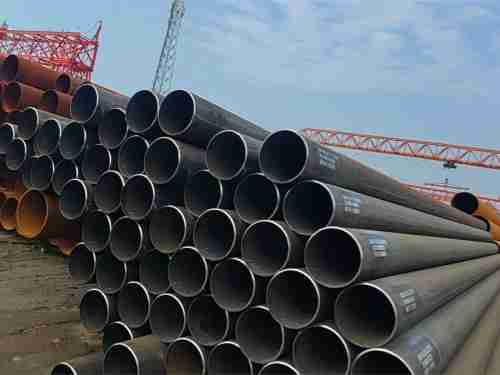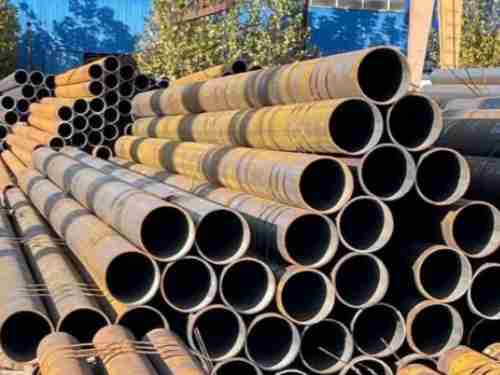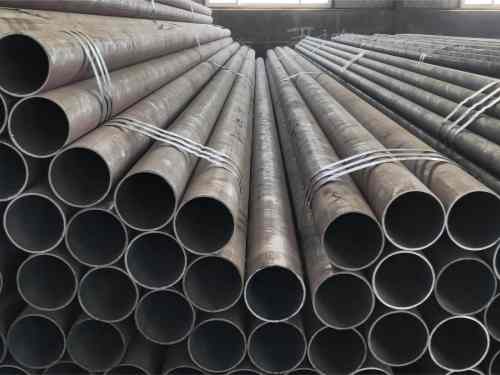Welded steel pipe is widely used in construction, machinery manufacturing, oil and gas, hydropower, and chemical industries. The quality of welded joints directly affects the safety and service life of the project. Therefore, the welding quality of steel pipes must undergo strict inspection and acceptance procedures.
- Acceptance Criteria for Welded Steel Pipes
(1) Weld Seam Formation
The weld seam should be uniform and continuous, free of gaps, slag inclusions, and other visible defects. The edges of the weld should be straight and smooth, without irregularities, inclusions, subsurface cracks, or surface roughness.
(2) Weld Appearance
Welded joints must exhibit complete fusion and penetration. There should be no missing welds, weak welds, or localized areas with poor bonding.
(3) Dimensional Tolerances
During inspection, key dimensional parameters such as pipe diameter, wall thickness, allowable tolerances, and curvature must comply with engineering and design specifications.
(4) Chemical Composition
The chemical composition of the weld metal must meet the specified standards for the relevant steel grade. Proper analysis and testing should be conducted to ensure compliance.
(5) Mechanical Properties
The mechanical performance of welded steel pipes, including tensile strength, bending strength, and hardness, must conform to national or industry standards. These properties should be verified through standardized testing.
- Acceptance Methods for Welded Steel Pipes
(1) Visual Inspection
A thorough visual inspection should be conducted to assess the weld seam's structure, orientation, and dimensions. In the presence of irregular welds, surface cleaning techniques such as sandblasting or chemical treatment may be applied.
(2) Non-Destructive Testing (NDT)
NDT methods allow for the inspection of internal structures and defects without damaging the material or altering its performance. Techniques such as ultrasonic testing, X-ray inspection, and magnetic particle testing are used to detect internal flaws, including cracks and inclusions. Any identified defects must be addressed promptly.
(3) Mechanical Testing
Using standardized testing equipment, the mechanical properties of electric-welded steel pipes are assessed from various angles to determine compliance with engineering standards. Common indicators include tensile strength, ductility, hardness, impact toughness, and fatigue resistance.
Conclusion:
By applying these acceptance criteria and inspection methods, the quality of welded steel pipes can be effectively ensured. During production and installation, it is essential to strictly control the welding process and prioritize safety. Additionally, proactive cooperation in inspection processes enables early detection and correction of potential defects, thus safeguarding weld integrity and facilitating smooth project progress.

 English
English Español
Español











